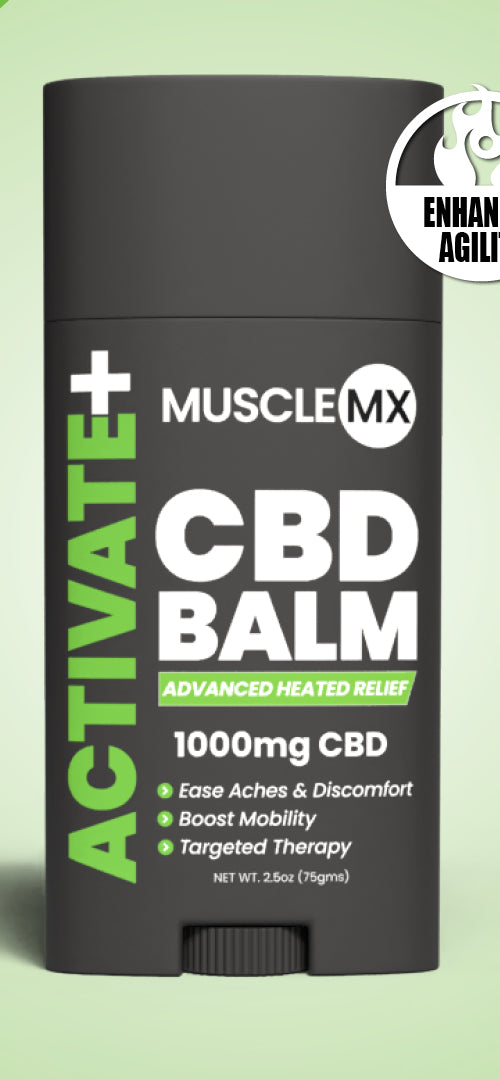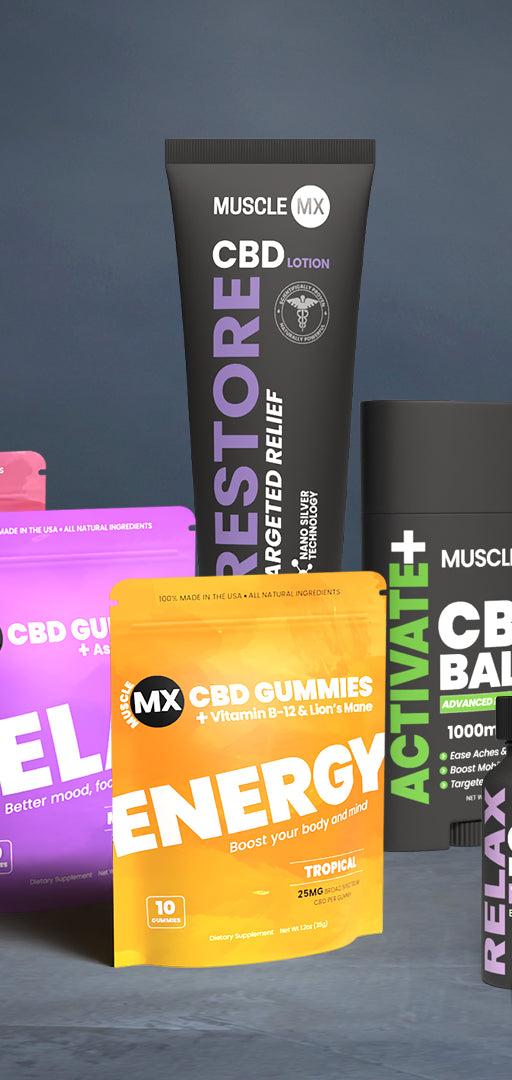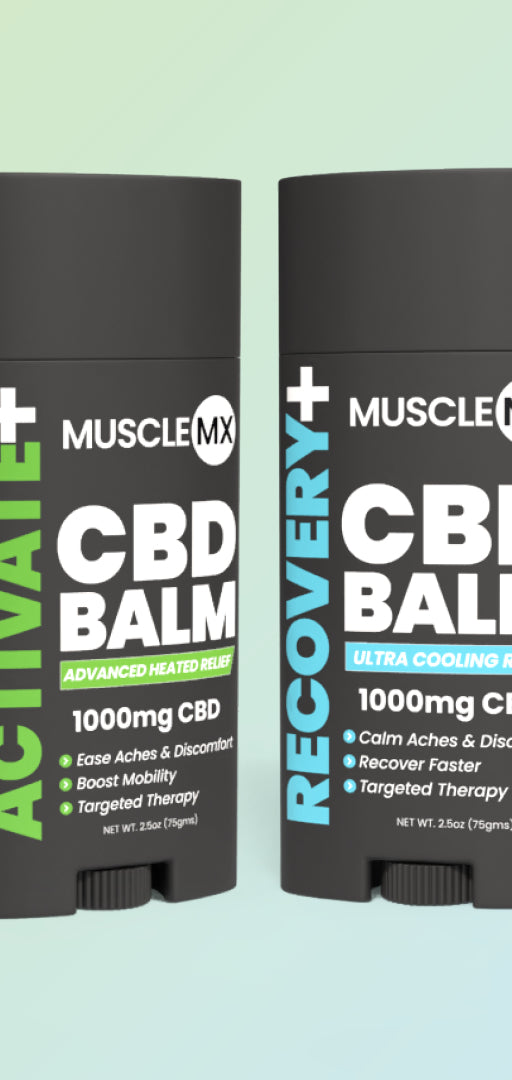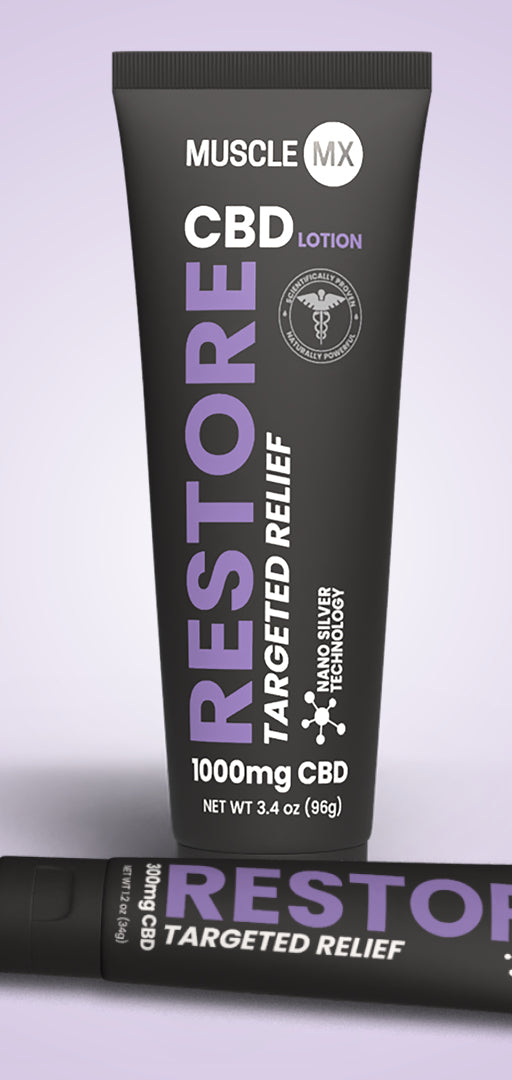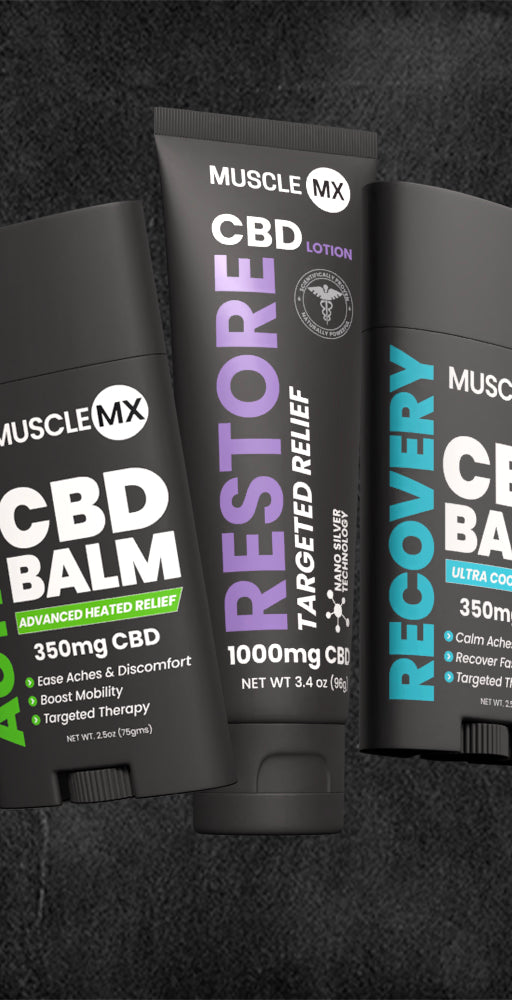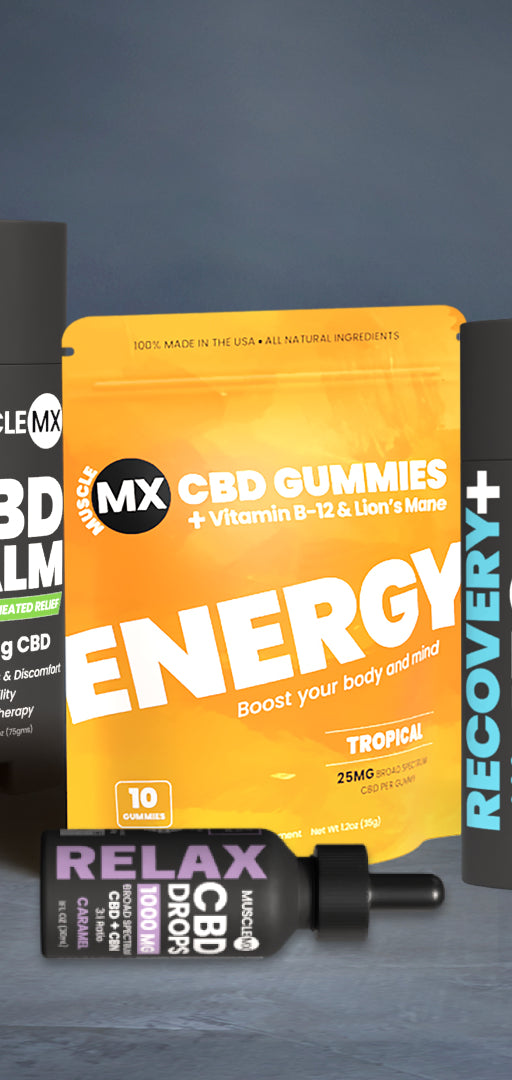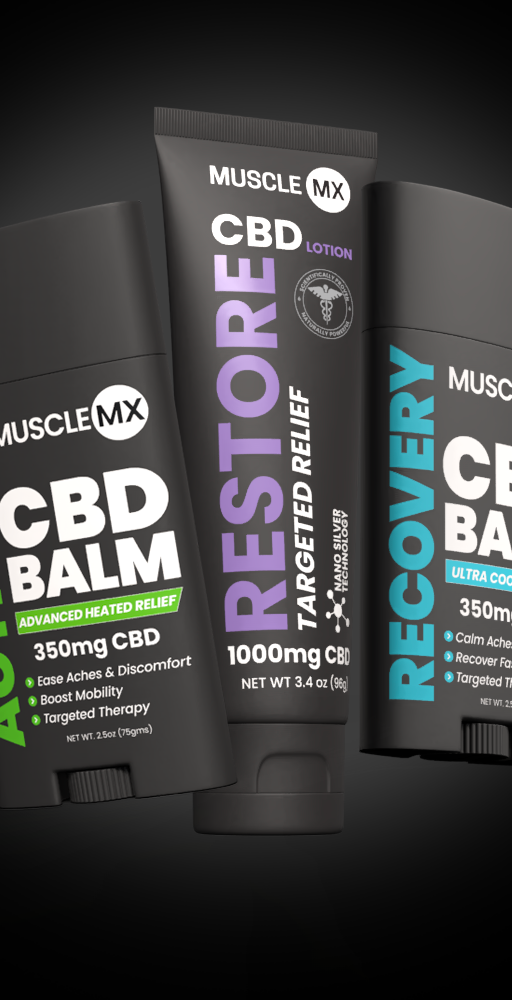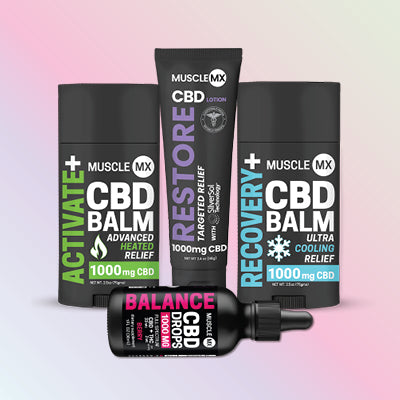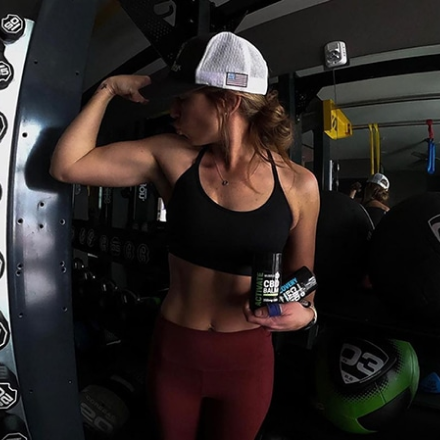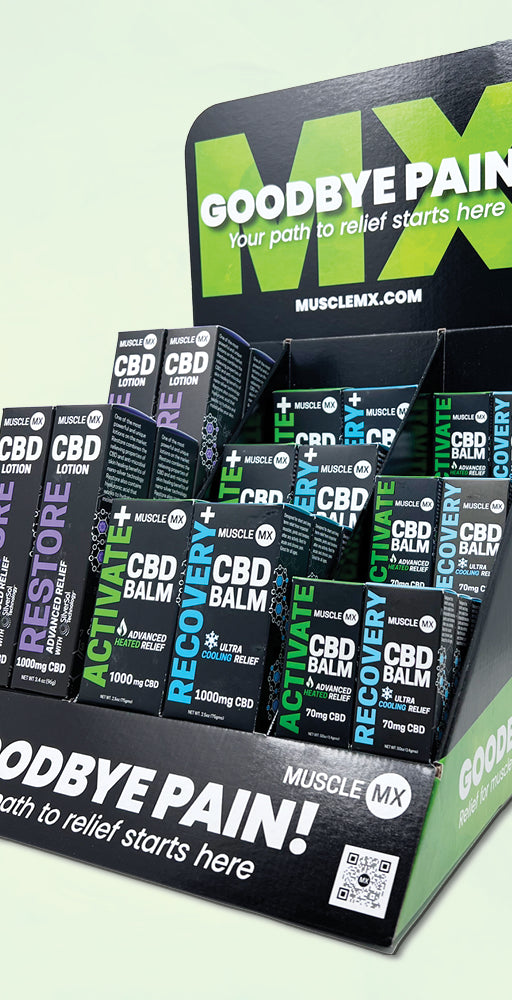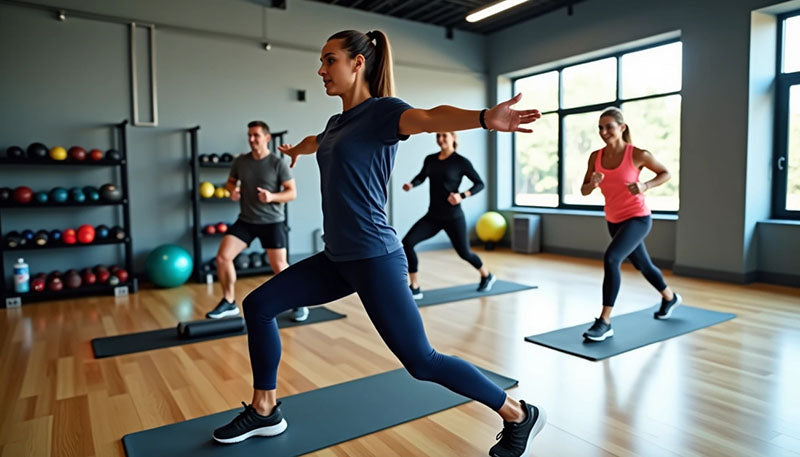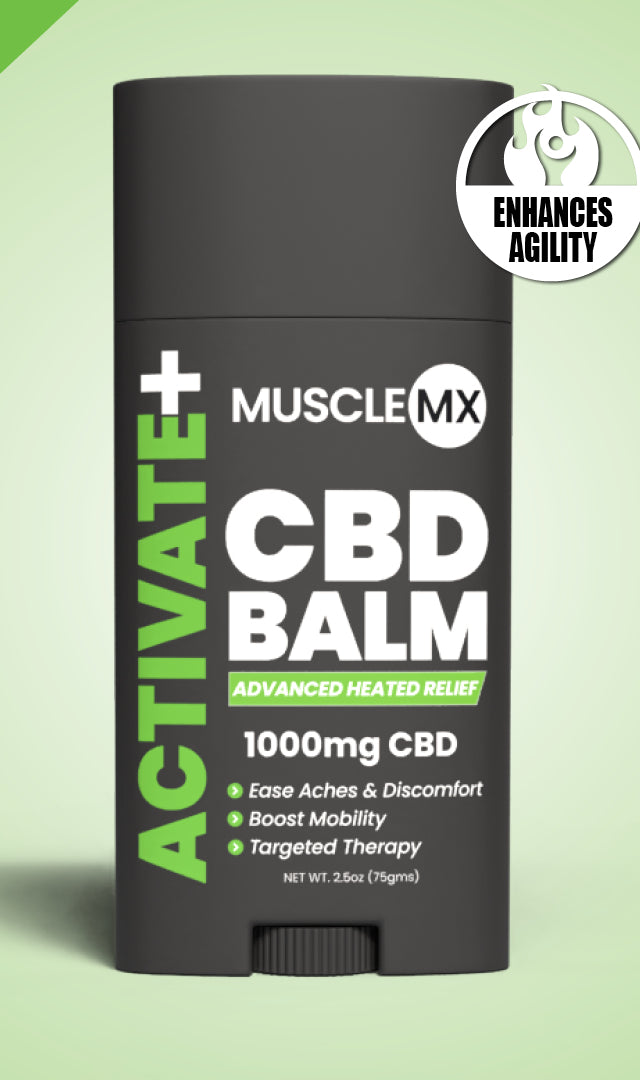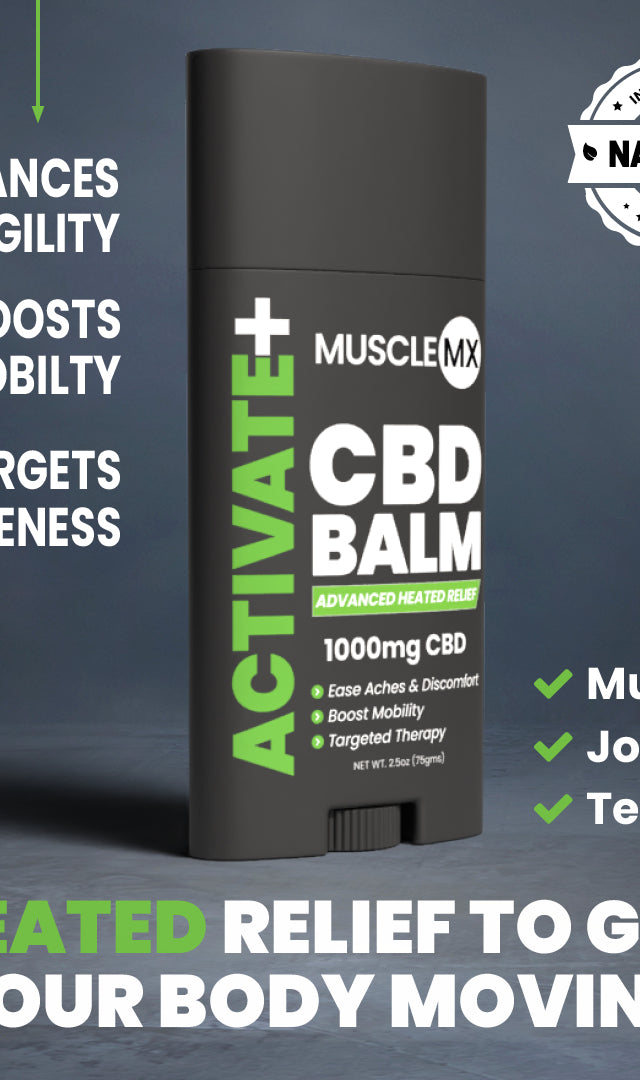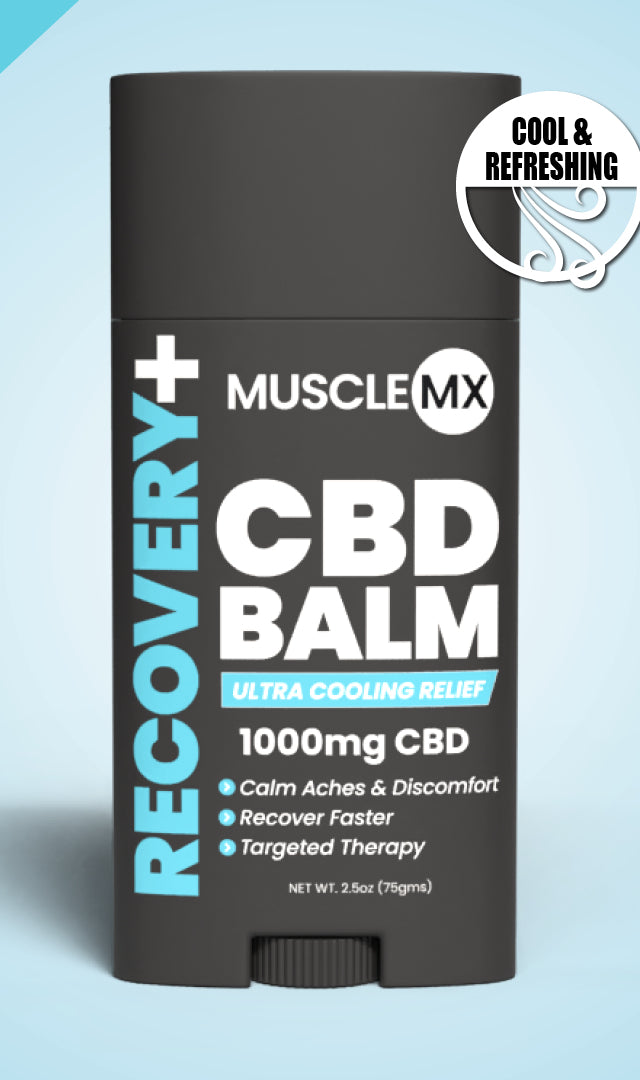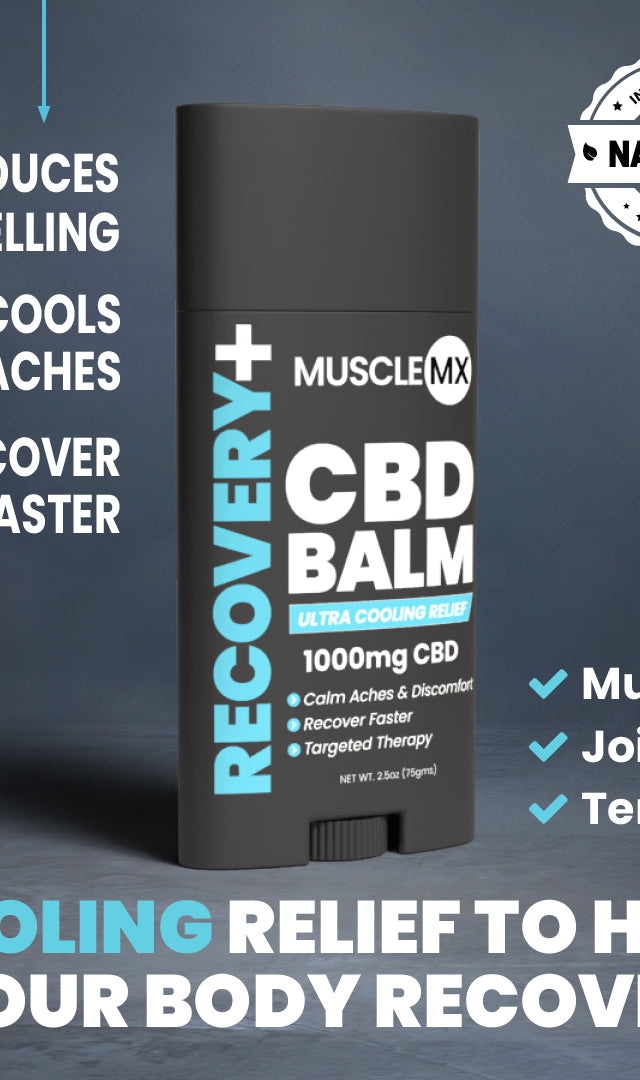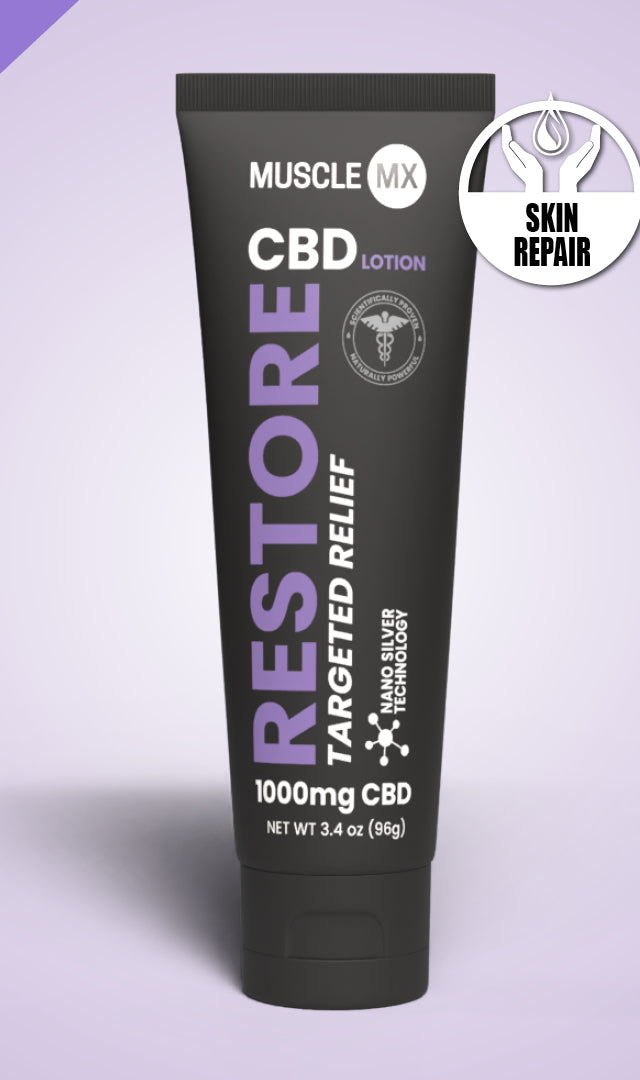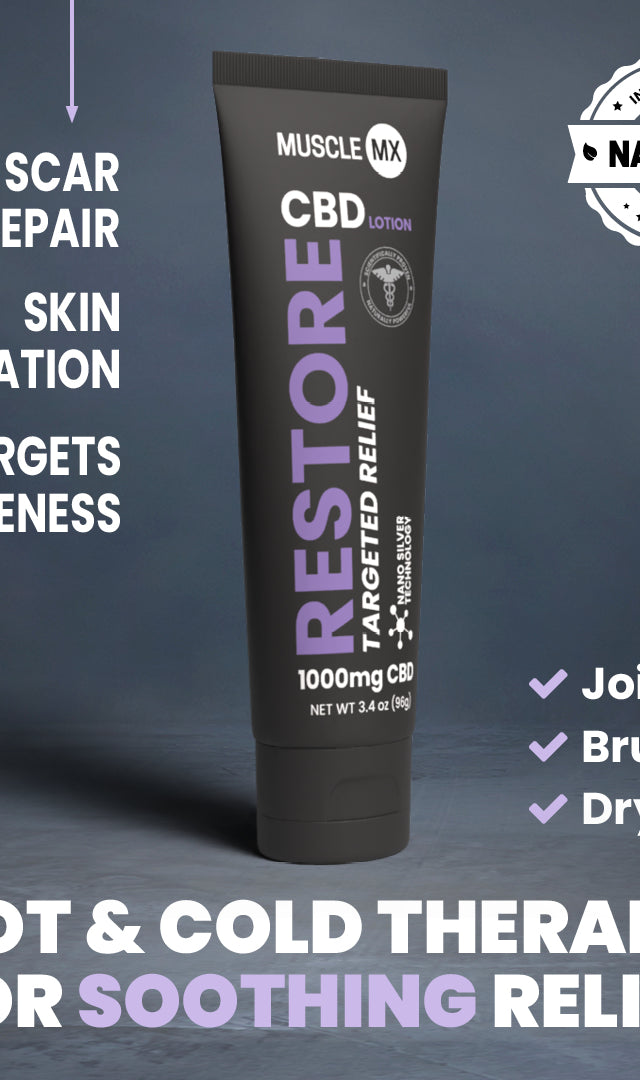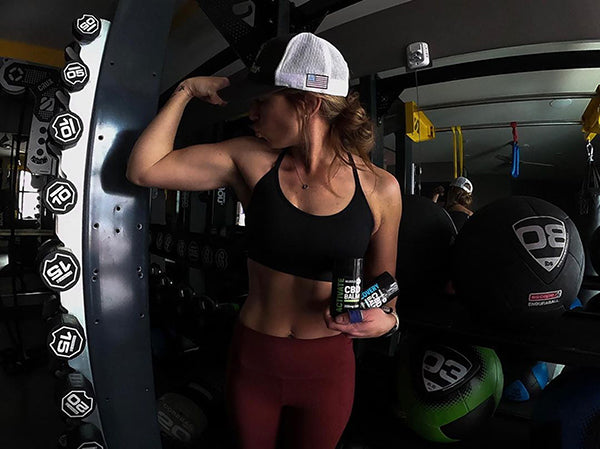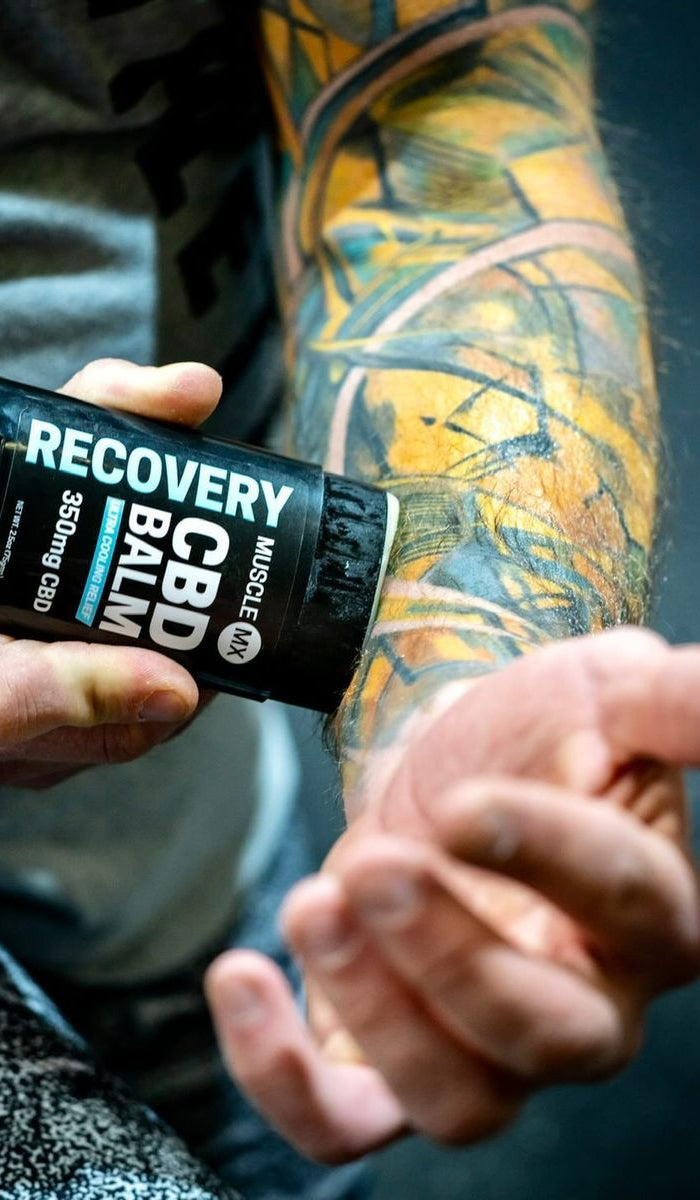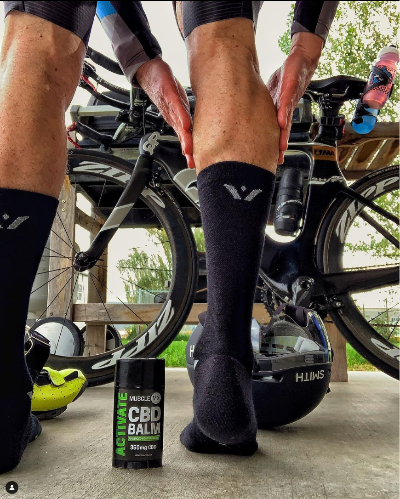How to Prevent Sports Injuries: A Doctor-Approved Guide for Athletes
Key Takeaways
These doctor-approved strategies will help you stay injury-free and perform at your peak throughout your athletic journey.
-
Warm up dynamically, cool down statically - Use movement-based stretches before activity and hold static stretches for 20-45 seconds afterward to prepare muscles and enhance recovery.
-
Build balanced fitness with strength, cardio, and flexibility - Include all three components in your routine while alternating muscle groups to prevent overuse injuries that account for 50% of youth sports injuries.
-
Invest in sport-specific equipment and replace it regularly - Proper footwear and protective gear designed for your activity significantly reduce injury risk, but only when maintained and replaced before wear compromises safety.
-
Listen to your body and don't rush recovery - Rest when experiencing pain or unusual fatigue, and always get medical clearance before returning to activity after injury to prevent reinjury.
-
Master proper technique and stay hydrated - Correct form reduces unnecessary stress on joints while proper hydration (500-600ml 2-3 hours before activity) supports optimal muscle function and injury prevention.
Remember, over 50% of sports injuries are completely preventable. By implementing these evidence-based strategies consistently, you'll not only reduce your injury risk but also enhance your long-term athletic performance and enjoyment of sports.
Introduction
More than half of all sports injuries are completely preventable. That's a statistic worth paying attention to, whether you're hitting the court on weekends or training at a professional level.
Young athletes today push themselves harder than ever, and this intensity comes with increased risk for sports-related injuries. The numbers tell the story — falls alone account for more than 1 in 4 sports injuries, according to the CDC. You might be dealing with anything from sprains and strains to joint injuries, muscle injuries, dislocations, fractures, or Achilles tendon injuries.
Here's the encouraging news: with the right knowledge and preventive measures, many of these injuries can be avoided entirely.
We'll share doctor-approved strategies that can help keep you in the game and off the sidelines. From proper warm-up techniques — remember, cold muscles are more prone to injury — to choosing the right protective equipment, you'll discover what you need to know about preventing sports injuries while maintaining your athletic performance.
Youth sports participation plays an important role in our communities, and injury prevention is essential for ensuring continued participation and enjoyment. Quality protective equipment, including padding, helmets, shoes, and mouth guards, has helped improve safety in sports significantly.
Let's learn more about how you can protect yourself while still performing at your best.
What Are the Common Causes of Sports Injuries?
Understanding what causes sports injuries is the first step toward preventing them. Sports injuries don't just happen randomly — they often result from specific, identifiable factors that you can address with proper awareness and preparation.
Overtraining and Lack of Rest
Overtraining syndrome occurs when athletes push their bodies beyond limits without adequate recovery time. This condition affects multiple systems in the body, including brain function, nervous system, and hormone release, ultimately interfering with recovery and strength building.
When athletes ignore early warning signs and continue intense training, the body breaks down further. The symptoms you might notice include:
- Unusual, persistent muscle soreness
- Performance plateaus or declines
- Increased illness frequency
- Elevated blood pressure and resting heart rate
- Prolonged fatigue and poor-quality sleep
Rest isn't just a luxury — it's a crucial component of any training program. Proper recovery requires temporary reduction in training intensity, even if it means missing upcoming competitions. Young athletes are particularly vulnerable as they often participate in multiple teams or focus intensely on a single sport.
Improper Warm-Up or Stretching
Have you ever wondered why warm-ups are so important? Despite widespread beliefs about warm-ups preventing injuries, scientific evidence on their acute effects remains inconclusive. Nevertheless, proper warm-up routines have shown to reduce muscular injuries, which constitute over 30% of all sports medicine clinic cases.
Dynamic warm-ups are gaining popularity over static stretching because they better prepare the musculoskeletal, neurologic, cardiovascular, and psychological systems for performance. These movements increase blood flow to muscles, enhance flexibility, and improve coordination, balance, and reaction time.
Many athletes underestimate the importance of proper warm-up and cool-down routines, leading to muscle stiffness and reduced flexibility. Performing dynamic stretches like walking lunges, squats, and arm circles activates muscles that will be used during the workout.
Using Incorrect Technique or Form
Poor technique or form places unnecessary stress on joints, muscles, and connective tissues. Whether it's lifting weights with improper posture, running with incorrect foot strike patterns, or executing sport-specific movements with flawed biomechanics, incorrect form substantially increases injury risk.
Learning proper techniques for your sport isn't optional — it's essential for injury prevention in sports. Incorrect form can put excessive stress on certain body parts, especially during repetitive movements, leading to overuse injuries. Athletes should seek guidance from coaches or physical therapists to address form-related issues.
Wearing the Wrong Gear
Equipment failures contribute significantly to sports injuries. Worn-out shoes, unsupportive gear, and improperly sized protective equipment all increase injury risk. Each sport requires specific equipment designed to protect participants from its particular demands and hazards.
Footwear deserves special attention — running shoes offer different support than tennis or basketball shoes. Shoes should match your activity, fit properly, and be replaced when worn out. Additionally, protective equipment like helmets, padding, and mouth guards must be activity-specific to ensure safety.
Understanding these causes is important to find the most effective injury prevention strategies. By addressing these factors systematically, you'll take meaningful steps toward staying healthy and performing at your best.
What Are the Building Blocks of Smart Training?
Creating a well-rounded fitness routine serves as your foundation for injury prevention. Rather than focusing on just one type of training, you need an approach that builds overall resilience and performance capacity.
Include Strength, Cardio, and Flexibility
A complete training program must include a combination of exercises that improve strength, flexibility, endurance, and balance. Think of these three pillars as working together to support your athletic goals:
Strength training builds lean muscle mass, boosts metabolism, and promotes bone health. It can also improve blood glucose and lipid levels. For optimal results, incorporate resistance training at least twice weekly, allowing 48 hours between sessions for proper muscle recovery.
Cardiovascular exercise enhances heart health, increases stamina, and burns calories effectively. Aim for 150 minutes of moderate-intensity cardio (like brisk walking or cycling) or 75 minutes of vigorous cardio (such as running or high-intensity classes) throughout the week.
Flexibility and mobility exercises improve range of motion, reduce muscle tension, and enhance posture. These movements help prevent stiffness and improve overall body awareness. They should be included in your daily routine, ideally after your strength or cardio workouts when muscles are warm.
Alternate Muscle Groups to Avoid Overuse
Here's something important to consider: an estimated 50% of all sports injuries in children result from overuse. This highlights why varying your training regimen matters so much. Young athletes who specialize in one sport or activity that repetitively stresses specific areas of the body face greater injury risk.
To prevent overuse injuries, consider these approaches:
- Encourage kids to vary their activities instead of specializing in one sport too early
- Follow the 10-20% rule—don't increase weekly training loads by more than 10-20% at a time
- Limit training to 5-6 days weekly, with at least 2-3 months off from any given sport during the year
- Alternate exercises during practice—for example, switching between forehand and backhand drills rather than performing 100 consecutive forehand swings
Many strength training programs separate workouts by muscle group, giving muscles adequate time to recover. Some research suggests it takes 48 hours for muscles to fully recover after resistance training, making it beneficial to alternate between upper and lower body workouts on consecutive days.
Why Core Strength Matters for Stability
Your core muscles function as hubs in the biological motor chain, establishing a channel for the cohesion, transmission, and integration of the upper and lower limbs. A strong core optimizes the transfer and overall control of motion and force during athletic movements.
Regardless of your sport—whether running marathons, playing tennis, swimming, dancing, or other activities—core strength provides essential benefits. Studies show that core strengthening improves balance, efficiency of movement, neural control, coordination skills, and muscle functioning.
The core includes several key muscle groups:
- Rectus abdominis (ab muscles) that help with breathing and bending forward
- Erector spinae (back muscles) that assist with bending and spine stabilization
- Obliques that allow twisting and side-bending while supporting lower back strength
Core training can potentially improve skill performance among participants in numerous sports, including football, handball, basketball, swimming, dancing, volleyball, golf, and several combat sports. It also increases stability and stiffness in the spine to reduce unnecessary "energy leaks" during athletic movements.
Core stability, involving the ability of passive and active stabilizers to maintain reliable trunk posture during movement, may be even more vital than core strength. Athletes who ignore core stability training will struggle to control and utilize their whole-body muscle strength effectively, ultimately increasing injury risk.
Understanding these principles helps you build a training foundation that supports both performance and injury prevention.
What Are the Basics of Injury Prevention?
Mastering the fundamentals of injury prevention is essential for maintaining peak performance. These doctor-approved strategies can help reduce your injury risk while supporting your athletic longevity.
Warm Up With Dynamic Stretches
Dynamic stretching improves speed, agility, and acceleration by actively moving your joints through their full range of motion. These movement-based exercises increase blood flow to muscles, decrease joint stiffness, and prepare your body for activity.
The most effective dynamic warm-ups simulate the movements you'll perform during your workout. Exercises like arm circles, high-stepping, and lunges with a twist take only 5-10 minutes yet significantly enhance your preparation. These movements not only increase flexibility but also help muscles contract more efficiently with greater power.
Cool Down With Static Stretches
Static stretching—where you hold a stretch position for 20-45 seconds—works best as part of your post-exercise routine. This type of stretching after physical activity helps gradually bring your body back to a resting state.
Static stretches post-workout help remove lactic acid from muscles, reducing soreness and stiffness. An effective cool-down should last 5-10 minutes and include 5-7 static stretches to loosen your entire body. This process improves flexibility while promoting faster recovery and better mental relaxation.
Stay Hydrated Before, During, and After Activity
Proper hydration plays an important role in performance, injury prevention, and recovery. When you're dehydrated, your cardiovascular system experiences stress, reducing physical capacity and increasing musculoskeletal injury risk.
The National Athletic Trainers' Association recommends consuming 500-600 ml of water 2-3 hours before exercise and an additional 200-300 ml 10-20 minutes before starting. Throughout your activity, aim to drink 200-300 ml every 10-20 minutes. Post-exercise hydration should replace all fluid lost during activity.
Use Proper Form and Technique
Proper form serves as the foundation for safe, effective training. When exercises are performed with correct technique, you target specific muscles while minimizing unnecessary stress on joints and connective tissues.
Maintain good posture, especially in the spinal region, when performing exercises like squats and lunges. Keep your back straight, shoulders drawn back, and pelvis in a neutral position. Remember, proper breathing is important — exhale during the work phase and inhale during the recovery phase.
Listen to Your Body and Rest When Needed
Have you ever pushed through discomfort only to regret it later? Recognizing your body's signals is essential for preventing injuries. If you're short of breath or experiencing pain, it's time to back off. While some discomfort is normal during training, pay attention to warning signs that indicate something might be wrong.
Expect occasional muscle, tendon, and joint discomfort — even professional athletes experience this. Often, active rehabilitation speeds healing compared to prolonged rest. However, stop immediately and seek medical attention if you experience chest pain or unusual symptoms.
Use the Right Equipment and Environment
Your equipment choices and playing environment directly impact your injury risk. Proper gear not only enhances performance but serves as your first line of defense against potential injuries.
Choose Sport-Specific Shoes and Gear
Your footwear requirements change dramatically depending on your activity. Sport-specific shoes are engineered with features designed for the unique demands of each activity. Running shoes need regular replacement — typically every 500 miles, or sooner for heavier individuals. Basketball and tennis shoes require lateral support for quick directional changes.
Protective equipment demands attention to sport-specific needs as well. Helmets, pads, and mouthguards are essential for contact sports to protect tissues from excessive force. Mouthguards should be replaced every season or every six months as they become less effective with use. Football helmets need reconditioning every two years and complete replacement every decade.
Ensure Playing Surfaces Are Safe
Playing surfaces significantly influence injury risk. Natural grass surfaces can "divot" under potentially injurious forces, allowing cleats to release. Artificial turf lacks this ability, potentially generating greater shear force throughout the lower extremity.
Studies focusing on lower extremity injuries caused by twisting mechanisms typically show higher injury rates on synthetic versus natural turf. Footwear interacts differently with various surfaces — blade-shaped cleats on artificial turf create a particularly dangerous combination due to increased knee torque.
Replace Worn-Out Equipment Regularly
Equipment deterioration can put your safety at risk. Signs that indicate replacement needs include:
- Repeated mechanical issues
- Broken components
- Cracks in frames
- Worn-out upholstery
- Unreliable resistance levels
Cardio equipment typically requires replacement every 3-5 years, while strength equipment may last 7-15 years with proper maintenance. Regular equipment inspection is important for identifying early signs of wear before they lead to injury.
Remember, investing in proper equipment isn't just about performance — it's about protecting your body so you can continue doing what you love.
Recover Smart and Return Safely
Returning to sports after injury requires as much mental preparation as physical recovery. The path back to peak performance begins with patience and proper protocols.
Don't Rush Back After an Injury
Returning too early significantly increases the risk of re-injury. Remember that injuries take a toll on both body and mind, sometimes creating fear that can slow recovery. Your brain needs time to adapt through neuroplasticity—the ability to reorganize neural pathways. Focus on facts about your current situation rather than emotional reactions to overcome fear of re-injury.
Follow a Rehab Plan if Needed
Rehabilitation should begin as soon as possible after injury, forming a continuum with other treatments. The ultimate goal is limiting injury extent, reducing impairment, and eliminating disability. Proper communication between medical providers, strength coaches, and team coaches is vital for successful recovery. Setting clear goals throughout rehabilitation provides motivation and direction.
Consult a Doctor Before Resuming Activity
Medical clearance following injury differs from standard physical exams. This clearance must come from qualified practitioners as determined by local statutes. Generally, the healthcare provider who initially treated your injury should be the one providing written clearance to return. Consider visiting a sports medicine physician who can diagnose and treat injuries affecting your musculoskeletal system.
Consider Using CBD Balm for Muscle Recovery
If your healthcare provider has ruled out any serious causes of discomfort, CBD could be a natural option to support muscle recovery. CBD has anti-inflammatory and analgesic properties that may aid muscle recovery. Athletes can use CBD balm to manage stress, muscle pain, and post-exercise soreness.
Research remains limited on its effectiveness. Those expecting drug tests should opt for broad-spectrum or isolate CBD products with minimal THC content. Remember, CBD should not be a replacement for consulting a healthcare provider about your recovery plan.
Final Thoughts
Sports injury prevention comes down to understanding your body and taking the right steps to protect it. Sports injuries affect millions of athletes every year, yet most can be avoided with the strategies we've shared.
When you understand common causes like overtraining, skipping warm-ups, poor technique, and worn-out equipment, you're already ahead of the game. Your fitness routine serves as the foundation — strength training, cardiovascular exercise, and flexibility work all contribute to building resilience. Core strength deserves special attention because it provides stability for virtually all athletic movements.
Dynamic warm-ups before activity and static stretches afterward play important roles in muscle preparation and recovery. Proper hydration supports optimal muscle function while reducing injury risk. Most importantly, listen to your body and recognize when rest becomes necessary rather than pushing through warning signs.
Equipment choices matter more than you might think. Sport-specific shoes and protective gear offer targeted protection for your activity's unique demands. Regular inspection and timely replacement of worn equipment can prevent injuries before they happen.
Smart recovery practices determine your long-term athletic success. Rushing back after an injury often leads to reinjury and longer setbacks. Following rehabilitation plans and obtaining medical clearance before resuming activities ensures your body heals properly.
Sports participation brings tremendous physical and mental benefits when approached with safety in mind. Your competitive drive pushes you to excel, but balancing performance goals with injury prevention strategies leads to longer, more successful athletic careers.
Remember — the best athletes aren't just those who perform well, but those who stay healthy enough to perform consistently throughout their athletic journey. We invite you to explore natural recovery options that can support your wellness goals and keep you moving toward peak performance.
FAQ's for Preventing Sports Injuries
Q: What are the most effective ways to prevent sports injuries?
A: The most effective ways to prevent sports injuries include warming up with dynamic stretches, cooling down with static stretches, maintaining proper hydration, using correct form and technique, and listening to your body's signals. Additionally, building a balanced fitness routine that includes strength, cardio, and flexibility training can significantly reduce injury risk.
Q: How important is proper equipment in preventing sports injuries?
A: Proper equipment is crucial in preventing sports injuries. Using sport-specific shoes and protective gear designed for your activity can significantly reduce injury risk. It's also important to regularly inspect and replace worn-out equipment before it compromises your safety. For example, running shoes should typically be replaced every 500 miles.
Q: What role does rest play in injury prevention?
A: Rest plays a vital role in injury prevention. Overtraining and lack of adequate recovery time can lead to various injuries. It's important to alternate between muscle groups during training and allow for proper rest periods. Athletes should also listen to their bodies and take breaks when experiencing unusual fatigue or pain to prevent potential injuries.
Q: How can athletes safely return to sports after an injury?
A: Returning safely to sports after an injury involves several steps. First, don't rush back too soon as this increases the risk of re-injury. Follow a rehabilitation plan if prescribed by a medical professional. Always consult with a doctor and obtain medical clearance before resuming activity. Gradually increase intensity and duration of training to allow your body to readapt to the demands of your sport.
Q: What is the importance of core strength in preventing sports injuries?
A: Core strength is crucial for preventing sports injuries as it provides essential stability for almost all athletic movements. A strong core optimizes the transfer and control of motion and force during activities, improving balance, efficiency of movement, and overall muscle functioning. Incorporating core strengthening exercises into your routine can enhance performance and reduce injury risk across various sports.
References
https://my.clevelandclinic.org/health/diseases/22093-sports-injuries
https://occ-ortho.com/sports-injuries-prevention-treatment-and-recovery-tips/
https://iuhealth.org/thrive/wcr-common-sports-injuries-and-how-to-treat-them
https://posm.org/6-most-common-treatments-for-sports-injuries/
https://healthcare.utah.edu/healthfeed/2021/11/top-5-most-common-sport-injuries
https://www.hopkinsmedicine.org/health/conditions-and-diseases/sports-injuries
https://www.nationwidechildrens.org/specialties/sports-medicine/sports-medicine-articles/the-sprains-and-strains-of-sporting-injuries-article
https://www.jacksonvilleorthopaedicsurgeon.com/blog/what-every-athlete-should-know-about-tendons-and-ligament
https://pmc.ncbi.nlm.nih.gov/articles/PMC12164644/
https://www.unitypoint.org/news-and-articles/top-10-most-common-sports-injuries
https://www.dallasspine.com/blog/a-complete-guide-to-tendon-and-ligament-injuries
